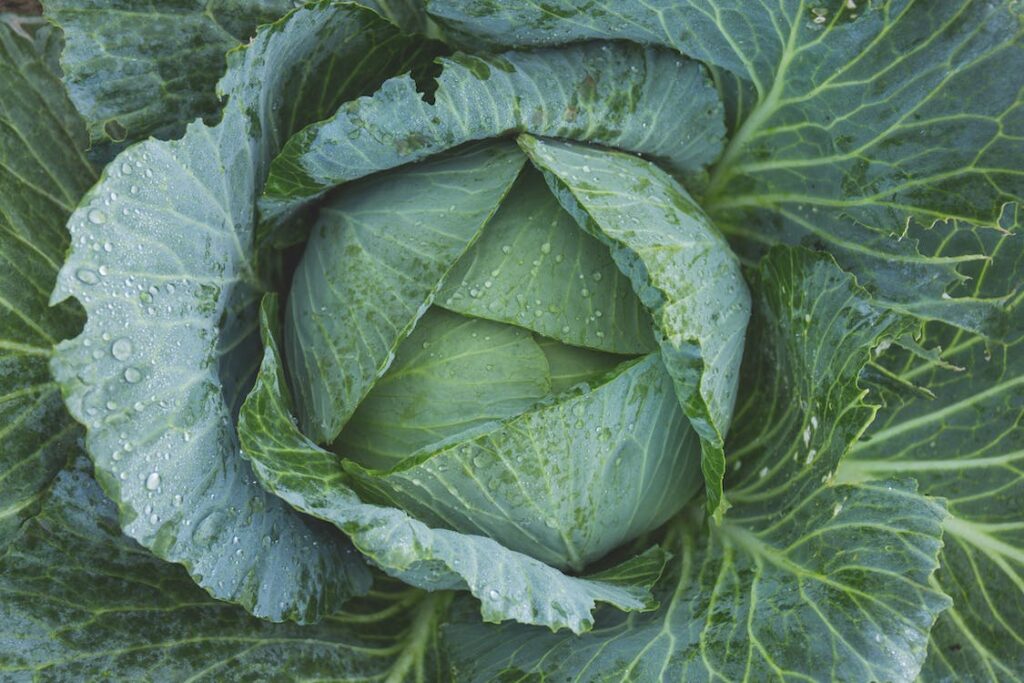
Farmers can increase cabbage yields from two to three kilograms per head by growing the crop in rotation with traditional vegetables such as cowpeas (kunde) and sunhemp (mitoo, miroo). This is according to research by the Kenya Agricultural and Livestock Research Organization.
In this, the African leafy vegetables fix the nitrogen in the soil thereby increasing the weight of the cabbage and also helping in reducing pest and disease incidences.
This means that a farmer also saves on buying inorganic fertilizer such as calcium ammonium nitrate (CAN).
By reducing the chances of pest attacks such as aphids, farmers also save on buying pesticides and thereby eat and sell healthy food chemical free.
The system works well in highland regions such as the North Rift and Central regions of Kenya which have two rainy seasons and where mono-cropping is common.
Related content
Cabbages, kales and tomatoes earns graduate Sh120,000 in profits in three months
Queen F1 Cabbage Variety can earn Farmers Ksh. 167,500 in 85 days
Farmer soars with Chinese cabbage
How to do cabbage-legume rotation
Plant the traditional vegetables (sunhemp or cowpea) during the long rainy season. For cowpeas, plant at a spacing of 45 by 25cm. For sunhemp, plant at a spacing of 45cm drill. Apply 180 grams of triple super phosphate for every three-by-four-meter plot and keep the plot weed free after germination.
Harvest the leaves two and a half months after planting just before flowering and use them as vegetables.
The remaining shoots and roots are then chopped into small pieces and incorporated into the soil by digging.
Leave the field for one and a half months, meanwhile, prepare your cabbage nursery.
Plant the cabbage at a spacing of 60cm by 50cm and add one to two bottle tops of diammonium superphosphate per hole. Keep the cabbages weed-free through regular weeding to remove unwanted plant materials.
The cabbages are ready for harvesting in 65 to 75 days depending on the variety.
In addition to the cabbages, farmers can also harvest up to three tonnes of African leafy vegetables per hectare using this mode of crop rotation per season.